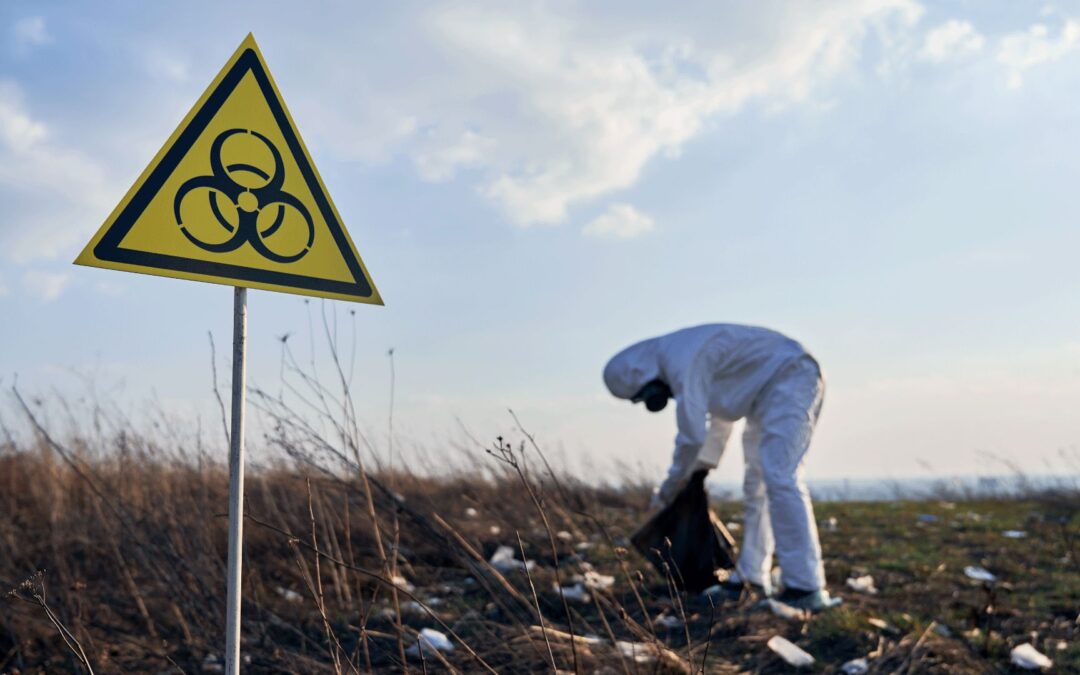Bangladesh is a developing country in South Asia with a rapidly growing food industry. With a population of over 169.4 million (2021), the demand for food and restaurant services has increased significantly in recent years [ In 2009-10, the number of hotels and restaurants was 2.75 lakh. With a 58.46% growth, the number is now 4.36 lakh; M. Hossain, Dhaka Tribune, Tribune Report, December 7, 2022 ]. However, ensuring food safety in restaurants and food establishments remains a significant challenge in Bangladesh.
Inadequate sanitation and hygiene practices, poor food handling, lack of knowledge about food safety, and inadequate regulatory frameworks are some of the key factors contributing to food safety issues in the country. According to a survey conducted by the Bangladesh Food Safety Authority (BFSA), more than 50% of food samples tested from restaurants and street vendors were found to be contaminated with bacteria, fungi, and other pathogens.
The Bangladesh government has taken steps to address food safety concerns in the country. The Bangladesh Food Safety Act was passed in 2013 to provide a legal framework for food safety regulation, and the Bangladesh Food Safety Authority (BFSA) was established to oversee the implementation of the Act. The BFSA has taken several initiatives, such as developing food safety standards, conducting food safety awareness campaigns, and training food handlers to improve food safety practices in the country.
However, despite these efforts, the implementation of food safety regulations remains a challenge, particularly in the informal food sector. Informal food establishments, such as street vendors and small restaurants, often operate without proper licenses or regulatory oversight, making it difficult to enforce food safety standards.
“To enhance food safety in restaurants and other food establishments, the Bangladeshi government should make sustained investments in food safety regulation and enforcement. This may involve strengthening regulatory frameworks, promoting public awareness of food safety, and offering free practical training to food handlers and restaurant staff. It may be advisable to make this training mandatory for all restaurant employees. One option to deliver this training could be to provide recorded online videos followed by quizzes, which could be facilitated using existing internet infrastructure”.
Alongside government efforts, it is the responsibility of restaurant owners and food handlers to uphold food safety standards. This entails adhering to proper sanitation and hygiene practices, guaranteeing correct food storage and handling, and conducting regular monitoring of food safety risks. The utmost importance of these measures cannot be overstated in the effort to elevate the food industry to the highest possible safety standards in Bangladesh.
What restaurant can contribute to improve food safety standards in Bangladesh ?
As the restaurant industry continues to grow in Bangladesh, it is essential to prioritize food safety to ensure customers can dine with confidence. While government regulations and policies play a vital role in ensuring food safety, restaurant owners and staff must also take proactive steps to maintain high standards of hygiene and sanitation.
Here are some practical steps that restaurants can take to improve food safety standards in Bangladesh:
Staff Training and Education:
Restaurant owners should provide regular training and education to staff on food safety practices. This includes proper food handling techniques, personal hygiene, and the importance of cleaning and sanitizing kitchen equipment and surfaces.
For example, in a busy restaurant kitchen, it’s easy for staff to overlook small details, such as washing their hands regularly, so reminding them of best practices will help ensure these important steps are not missed.
Implementation of Food Safety Protocols:
Restaurants should implement food safety protocols and procedures to ensure that the kitchen and dining area meet high standards of hygiene. This includes regular monitoring of food temperatures, the use of food-grade cleaning chemicals, and safe food storage practices.
For example, restaurants can use color-coded chopping boards to prevent cross-contamination between raw meats and vegetables, and use food thermometers to ensure that cooked food is at the correct temperature to kill bacteria and other harmful pathogens.
Food Handling Practices:
Restaurants should follow strict food handling practices to reduce the risk of contamination. This includes proper hand washing techniques, wearing gloves, and regularly cleaning and sanitizing surfaces and equipment.
For example, kitchen staff should be trained to handle raw meat and poultry separately from other foods to prevent cross-contamination. Additionally, they should be aware of safe food storage practices, such as keeping food at the correct temperature to prevent bacterial growth.
Food source traceability:
To ensure the safety of the food we consume, it’s essential to have a system in place to trace where our food comes from. One way to achieve this is through food source traceability, which requires restaurants to maintain records of all their raw material purchases and the suppliers/vendors they purchase from.
This system also requires the suppliers/vendors to maintain a detailed buying and selling register. By doing so, a greater culture of traceability can be created in our food traceability system, ensuring that we have a clear understanding of where our food comes from and enabling us to identify any potential issues quickly.
Overall, food source traceability is a crucial aspect of food safety, and it’s essential for all restaurants and suppliers/vendors to take it seriously to maintain the integrity of the food we consume.
Regular Inspection and Monitoring:
Restaurants should regularly inspect and monitor their premises to ensure that food safety protocols are being followed. This can be done through self-assessment or by hiring a third-party inspection service to provide objective feedback.
For example, restaurants can use digital tools like food safety checklists and hygiene monitoring apps to track their food safety practices and identify areas for improvement.
In conclusion, food safety is a crucial aspect of the restaurant industry in Bangladesh, and both the government and restaurants have significant roles to play in ensuring it. The government’s regulatory bodies and inspections help ensure that restaurants follow guidelines and regulations to maintain food safety, while restaurants must follow proper food handling practices and take additional steps to ensure food safety. By working together, the government and restaurants can ensure that the food served in restaurants in Bangladesh is safe for consumption, protecting the health of consumers.






